MontanaTrace
TPF Noob!
- Joined
- Apr 12, 2015
- Messages
- 6
- Reaction score
- 0
- Can others edit my Photos
- Photos OK to edit
I just took delivery of a Canon SX60. I'm learning about the in-camera HDR and would appreciate any tips or suggestions on where I can find info that will help me learn the best uses of this feature.
Additionally, I shoot real estate. My typical challenge: Owners want a well lit photo of their massive great room and the view they have through floor to ceiling windows. The ceilings are often 20' - 25' high. The views are as important to them as the giant log room and huge fireplace. Washed out views are no good.
Additionally, I shoot real estate. My typical challenge: Owners want a well lit photo of their massive great room and the view they have through floor to ceiling windows. The ceilings are often 20' - 25' high. The views are as important to them as the giant log room and huge fireplace. Washed out views are no good.


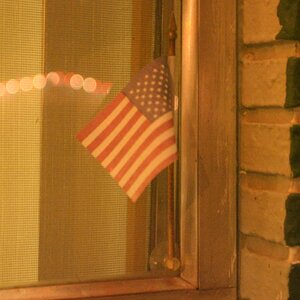
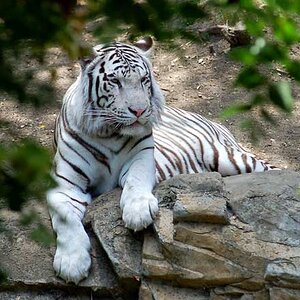
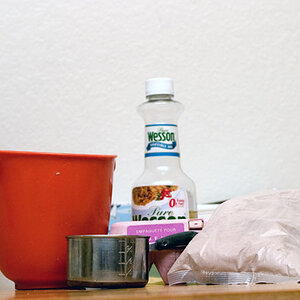
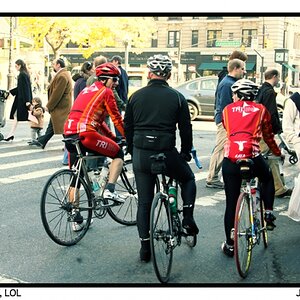
![[No title]](/data/xfmg/thumbnail/33/33024-f9a0cb6482030fec791845de1a21c82a.jpg?1619735837)

![[No title]](/data/xfmg/thumbnail/32/32168-fd80621d6068dd5050eb33595e34e6cf.jpg?1619735234)
![[No title]](/data/xfmg/thumbnail/32/32166-ddd2797e76a9226d289c2158c3cf7b67.jpg?1619735234)
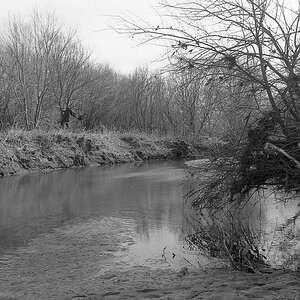
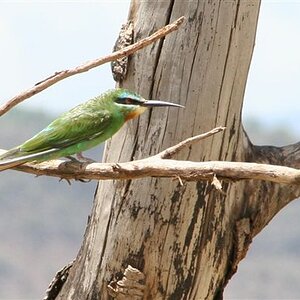
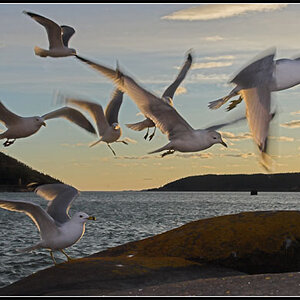
![[No title]](/data/xfmg/thumbnail/42/42253-fef7e43227f484b1a95dd6d85c03bd40.jpg?1619740063)